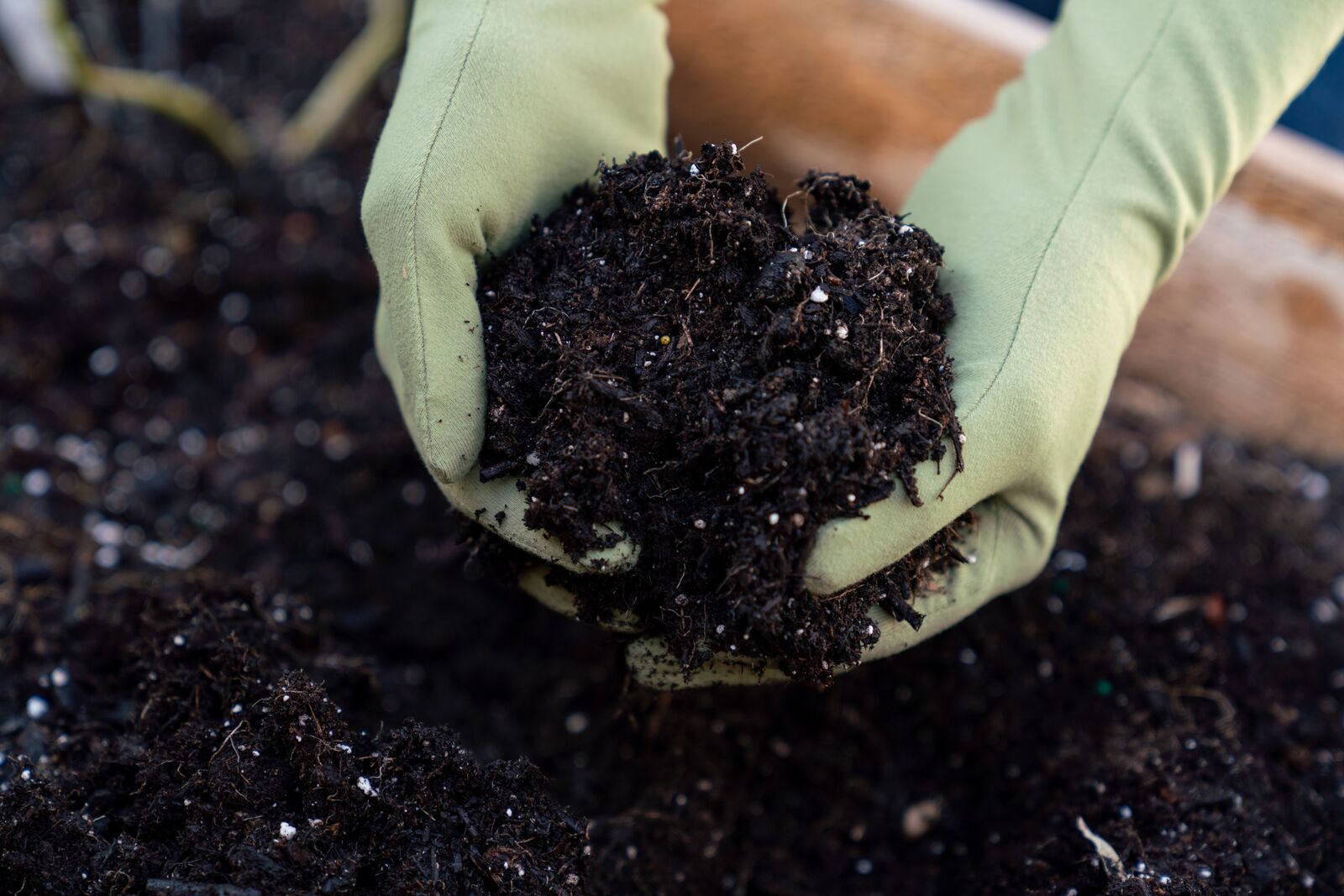
What exactly is acidic soil? Simply put, acidic soil has a pH level below 7. This type of soil can impact plant growth, nutrient availability, and even the types of microorganisms that thrive in it. Why does this matter? Knowing about acidic soil helps gardeners and farmers make better decisions about what to plant and how to treat their land. Did you know that certain plants, like blueberries and azaleas, actually prefer acidic conditions? Understanding the basics of soil acidity can transform your gardening game. Curious about how to test your soil’s pH or how to amend it? Keep reading to uncover 25 fascinating facts about acidic soil.
Key Takeaways:
- Acidic soil has a pH below 7 and affects plant growth. It's common in rainy areas and can be caused by factors like rainfall, organic matter, and industrial pollution.
- Some plants, like blueberries and hydrangeas, thrive in acidic soil. Testing and amending soil pH can improve plant health and productivity.
What is Acidic Soil?
Acidic soil has a pH level below 7. It can affect plant growth and nutrient availability. Understanding its characteristics helps gardeners and farmers manage their land better.
- Acidic soil is common in areas with high rainfall. Water leaches away basic nutrients, leaving the soil more acidic.
- pH scale measures soil acidity. A pH below 7 is acidic, 7 is neutral, and above 7 is alkaline.
- Blueberries thrive in acidic soil. They prefer a pH between 4.5 and 5.5.
- Hydrangeas change color based on soil pH. Acidic soil turns their flowers blue.
- Soil acidity can be natural or caused by human activities like mining and industrial pollution.
Causes of Soil Acidity
Several factors contribute to soil becoming acidic. Knowing these can help in preventing or managing soil acidity.
- Rainfall is a major cause. It washes away calcium and magnesium, increasing acidity.
- Decomposing organic matter releases acids into the soil.
- Fertilizers containing ammonium can lower soil pH.
- Industrial pollution can deposit acidic compounds into the soil.
- Crop removal without replenishing nutrients can lead to increased acidity.
Effects on Plant Growth
Acidic soil impacts plant health and productivity. Some plants adapt well, while others struggle.
- Nutrient availability changes in acidic soil. Essential nutrients like phosphorus become less available.
- Aluminum toxicity can occur in very acidic soil, harming plant roots.
- Microbial activity decreases, affecting decomposition and nutrient cycling.
- Root growth is often stunted in acidic conditions.
- Weed growth can be more aggressive in acidic soil, outcompeting crops.
Testing and Amending Acidic Soil
Testing soil pH and making necessary amendments can improve soil health and plant growth.
- Soil testing kits are available at garden centers. They help determine soil pH.
- Lime is commonly used to raise soil pH. It neutralizes acidity.
- Wood ash can also increase soil pH, but should be used carefully.
- Compost improves soil structure and can help buffer pH changes.
- Gypsum adds calcium without altering pH, beneficial for acidic soils lacking calcium.
Plants That Prefer Acidic Soil
Some plants naturally thrive in acidic conditions. Knowing which plants to grow can make gardening easier.
- Azaleas prefer acidic soil, thriving in pH levels between 4.5 and 6.
- Rhododendrons also do well in acidic conditions.
- Camellias are another acid-loving plant, flourishing in pH levels around 5.5.
- Ferns often grow in acidic forest soils.
- Cranberries require acidic soil, with optimal pH between 4 and 5.
Final Thoughts on Acidic Soil
Acidic soil plays a crucial role in plant growth and ecosystem health. Knowing its characteristics helps gardeners and farmers make informed decisions. Plants like blueberries, azaleas, and rhododendrons thrive in acidic conditions, while others may struggle. Testing soil pH regularly ensures optimal plant health. Simple amendments like lime can balance overly acidic soil, promoting better growth. Understanding the impact of acidic soil on nutrient availability is vital. It affects the uptake of essential elements like nitrogen, phosphorus, and potassium. Proper management can prevent nutrient deficiencies and improve crop yields. Acidic soil also influences microbial activity, which is essential for organic matter decomposition and nutrient cycling. By paying attention to soil pH, you can create a thriving garden or farm. So, next time you dig into your garden, remember the importance of maintaining the right soil pH for your plants.
Frequently Asked Questions
Was this page helpful?
Our commitment to delivering trustworthy and engaging content is at the heart of what we do. Each fact on our site is contributed by real users like you, bringing a wealth of diverse insights and information. To ensure the highest standards of accuracy and reliability, our dedicated editors meticulously review each submission. This process guarantees that the facts we share are not only fascinating but also credible. Trust in our commitment to quality and authenticity as you explore and learn with us.
